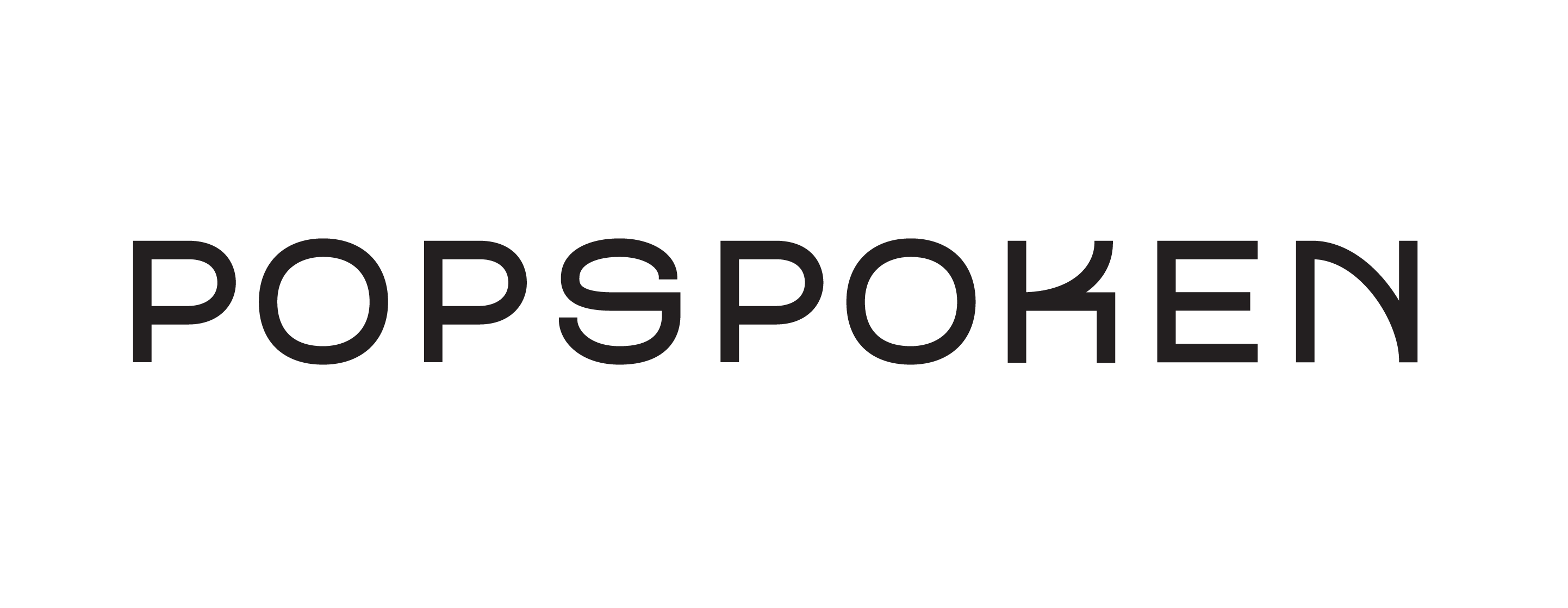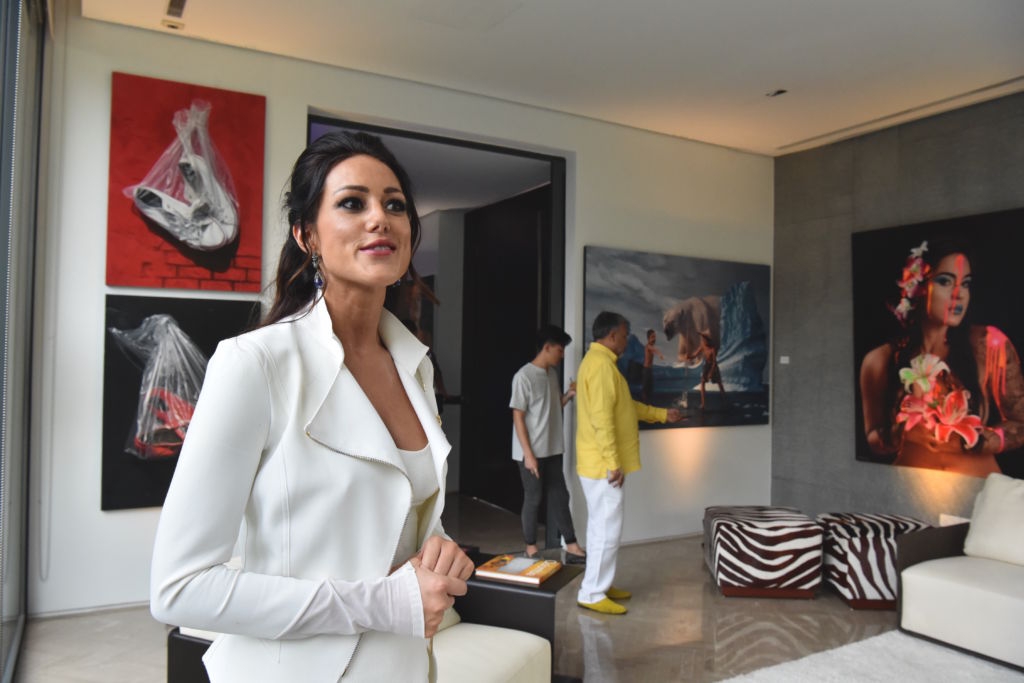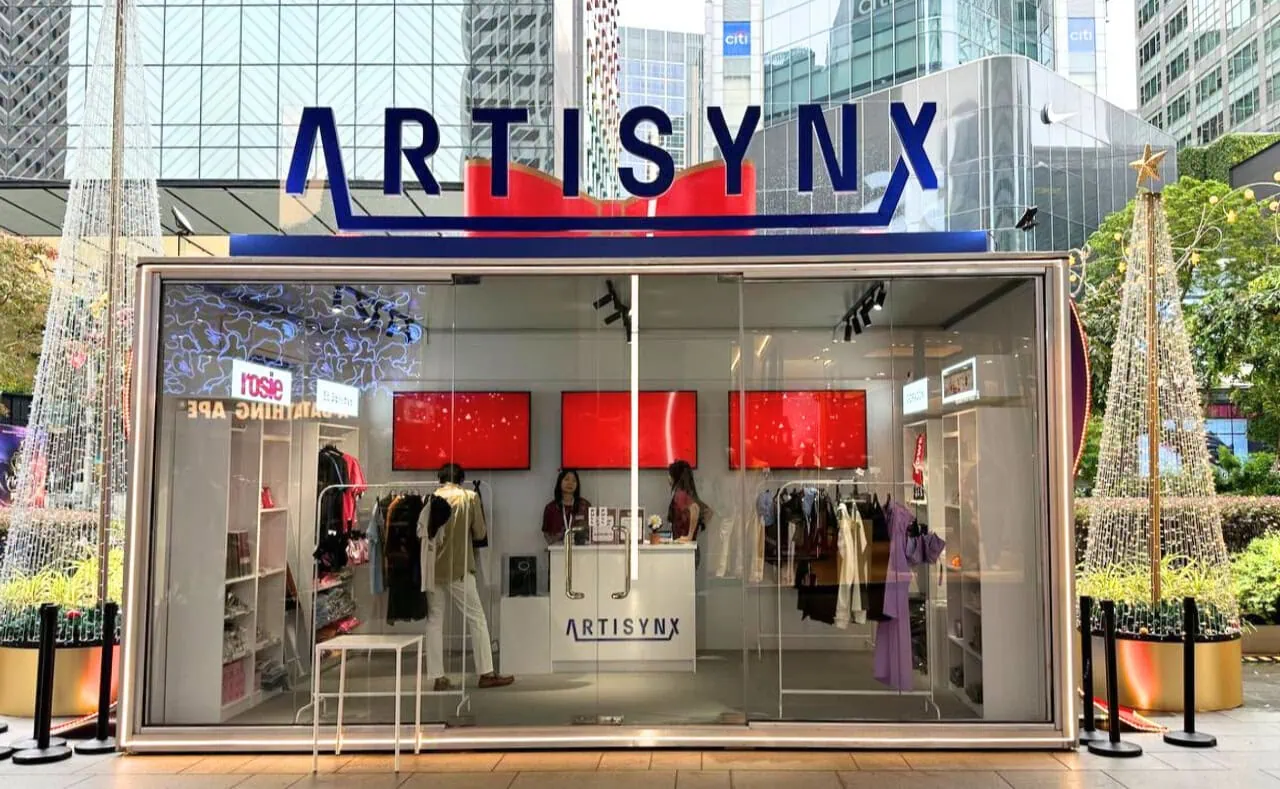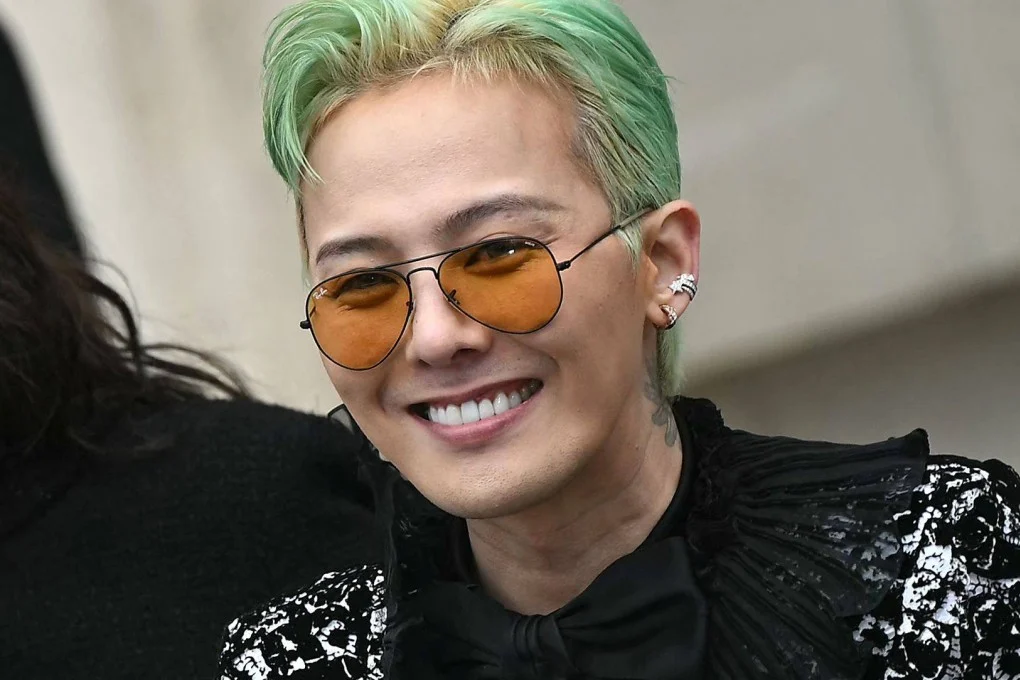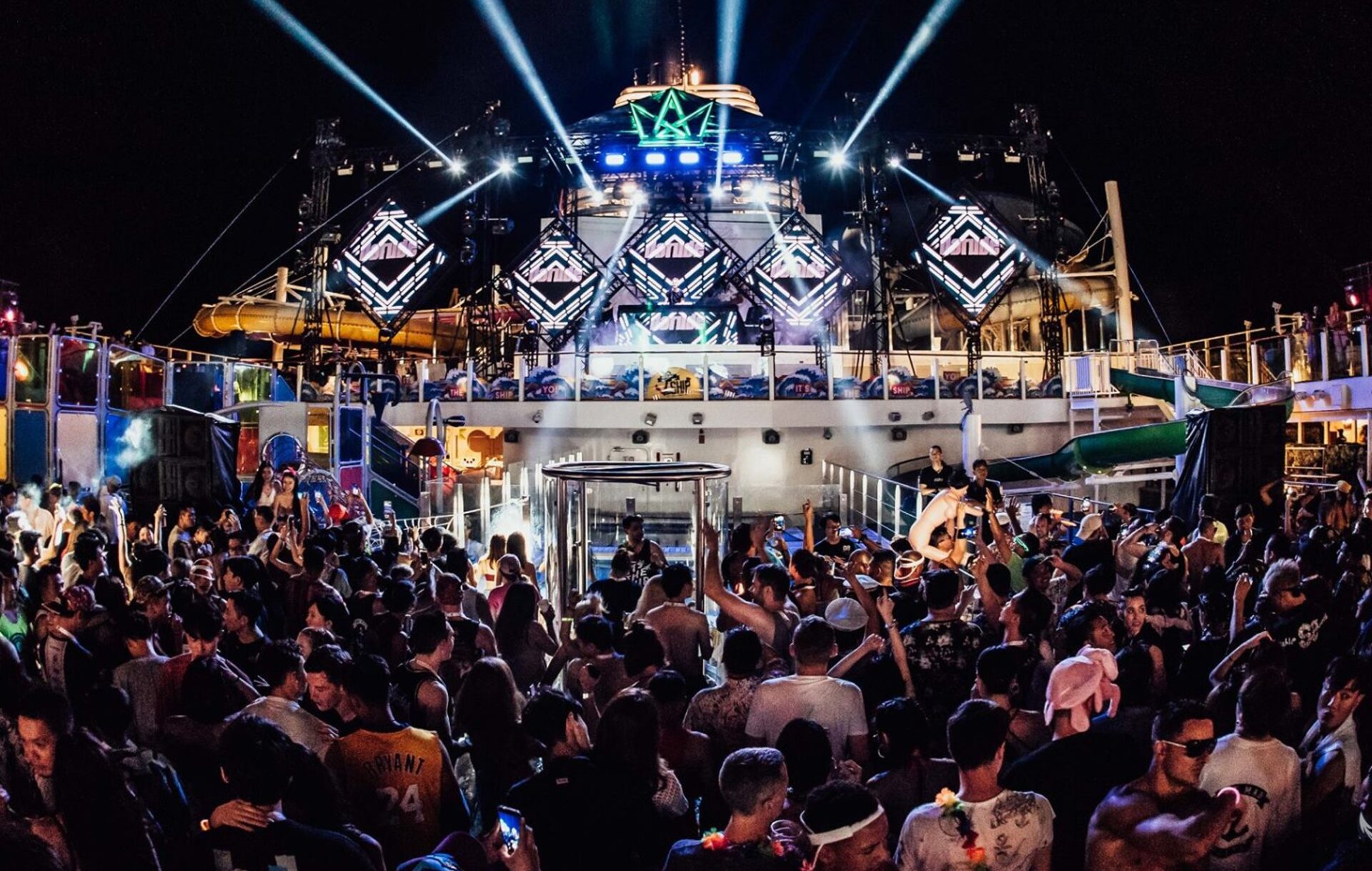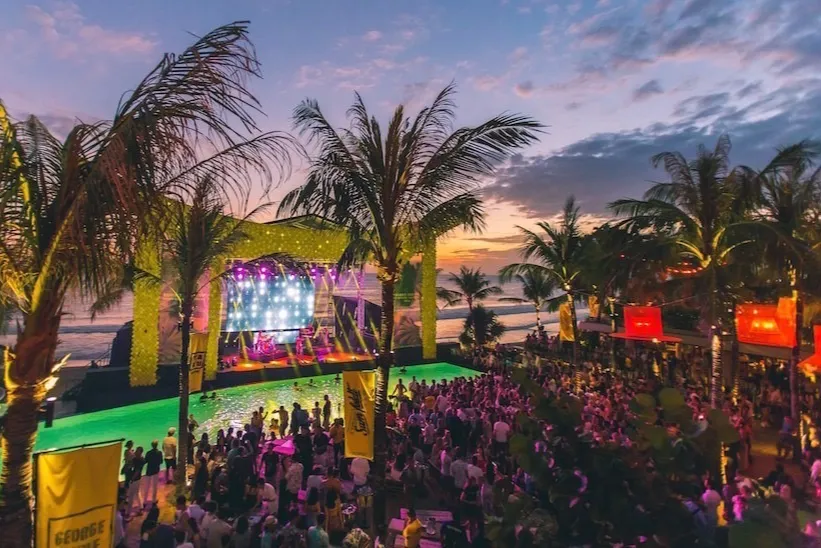It is an art day for Singapore when a bit of magic shakes up the town, street style. Tucked within the lush greenery and dwindling paths of Swettenham Road, an unassuming gallery houses contemporary Latin American pieces inside a gorgeous private residential space.
The house in question belongs to the ARTitude Galería’s founder and curator, Holly Turner, and her partner, Ravi Thakran, LVMH’s regional chairman.
Focusing on magic realism, a movement popularised by novelist Gabriel García Márquez, the collection features artworks from native artists such as Walter Zuluaga and Juan Carlos Cepeda.

While this is a departure from their original space at Chinatown, we are here for multi-use spaces and unconventional digs. In addition to being the first art gallery in Asia to focus on contemporary Latin American visual art, the gallery also functions as a dedicated platform dedicated to introducing Colombian artists to Asia and art lovers worldwide. We speak with Holly and Ravi about the origin of their gallery, the future of Colombian street art, and their anticipations for the country.
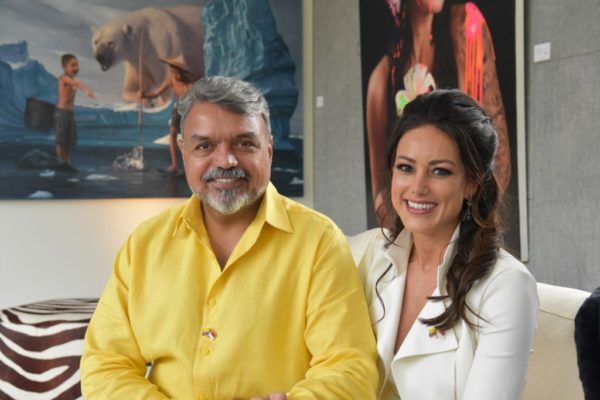
When did you first get interested in art and how did it lead to you becoming a gallerist?
Holly: I first became interested in art at university, but I was not studying art, I was studying ancient history. I had a close friend whom I lived with and every night she’d come home and say, “This is really stressful”, or “I am on the wrong course and I don’t understand the syllabus.” Finally, I said, “Let me help you out and take a look at what you’ve written” (because history and history art have a similar style of writing). While checking out her syllabus and her essay, I realize I actually really love what she’s doing. Maybe, we should swap! But we were in our second year of university, so it couldn’t be done. After that, I realised that I was really fascinated in art and went to work in an art gallery. I enrolled myself in Sotheby’s Institute of Art to pursue my passion.
I moved to Singapore 10 years ago and worked for one of the top galleries in Singapore. I knew one day when the feeling was right, and when I had the resources, I wanted to open my gallery. I knew I couldn’t bring Asian art to Asia as most galleries here already specialise in that. I wanted to bring something very unique and dynamic in Singapore.
I was very fortunate to understand the European culture, being from England, and then having spent 10 years in Singapore so I have a feeling of the Singapore sensibility, and in addition, having spent time in Columbia, Latin America. I wanted to bring something to bridge the gap between Asia and Latin America.

Ravi: In Asia we rarely see Latin America art. We thought this could be Holly’s calling: to be the bridge between two extremes: countries, art, or even spaces (e.g. street/home). ARTitude really is the objective to build the bridge, starting with Singapore and Columbia. What we feature is a group of young, contemporary, accessible artists.
We have Zero, one of the leading street artists in Singapore. He usually does murals and graffiti on walls and was previously leading the street art fair in Haji Lane. We believe we can take him to the world and he can help us form a team of leading Singaporean artists.
Who is the most recent artist to join your gallery?
Holly: Omar Delgado. He is based in Bogotá, street name Stinkfish. While he is one of the newest, he is also one of the first artists that I started researching about, so it is a special relationship for me to represent him. He is an artist that made me really love Columbian art, particularly street art. He does really amazing art tours from Argentina to Mexico City and just had a sell-out exhibition in Austria.
Ravi: He has done famous murals. When we showed his work to Zero, he said “I understand his language, although I have not met him, because that’s my language as well. That’s the beauty of art, music or football! It doesn’t need language, it can talk in many other forms. It is art without borders!”
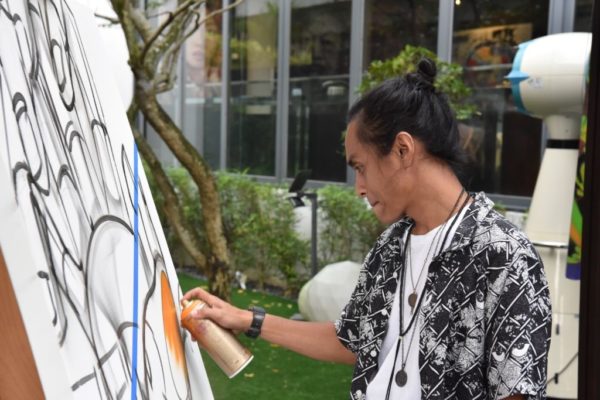
What are some of the things you look out for when considering a new artist?
Holly: Bold, unique, and accessible. One who does not have border or limits. Something I can bring to Singapore, Asia, Europe, and it is not Columbian specific. I have some in my own collection, but I have to be aware that the local art market needs to resonate with what I am bringing over for them.
You have chosen to bring the street into your home. What do you think makes the art scene in Colombia and/or the project space in Singapore unique?
Ravi: It is a constant juxtaposition of the two elements. She has a gallery on Pagoda Street in Chinatown, which is a very unique area as well. We are also taking over a space in Dempsey. While a gallery has certain perks of being a gallery, we wanted to showcase how art looks at home! Clients often wonder these artworks look in an environment they are familiar with, so we believe this is a great way to exhibit, using the ground floor space and some areas upstairs to show people how art can look like in their homes.

This whole thing about bringing street art to homes— street art is meant for murals, or for graffiti, in fact Singapore Tourism is doing a big piece in Little India, but how would it look at home? I believe street art is one of the latest genres which makes the biggest differences by confronting reality. What is unique about the Columbian art scene is that the last 50 years have seen a lot of chaos, violence and other issues. A lot of these artists have come out of that.
25 years ago, Medellin was called the most dangerous city in the world. Even a decade ago, cited the recent Telegraph article by journalist Stanley Stewart, Medellin was still a bad-ass city, and now Medellin is now one of the most creative cities in the world. Bogotá is the capital of Columbia and one of the top ten cities to appreciate street art. They have one of the fastest growing economy and the most vibrant cultural scenes.

Holly: I do not think it is just how far it’s come. It is the fact that people are passionate, family-oriented and dynamic, and that is also the kind of art I represent. I have a unique relationship with each and every one of the artists in my gallery. It is not a transactional relationship that we have.
Ravi: I have seen her build relationships with artists and can vouch for it. Columbia today doesn’t have an ambassador in Singapore as the old ambassador just gone back. He is always saying Holly is the real ambassador!
Holly: I have to say, I might agree with him on that. I love Columbia, I love how far it’s come, I love the people, I love the ethos, and I just want to bring a little bit of that energy here.
Why is ‘magic realism’ so highly regarded today?
Holly: As you know, magic realism was a concept created by Gabriel García Márquez, a literature movement that developed into the visual arts. Everyone wants a piece of magic in their lives. We go to cinema, to theatres, to escape from reality. I think magic realism enables you to keep that reality but blended with a juxtaposition of magic. In visual arts, magic realism can also represent hyperrealism, but can also hyperrealism with entangled with little elements of magic.
The temporary exhibition at the Swettenham residence and the Pagoda Street gallery are open for private viewings by appointment.
When? Now till otherwise specified
ARTitude Galería, 31B Pagoda Street, Singapore 059190
==
Stay updated and social with Popspoken: Telegram| Facebook | Twitter | Instagram
